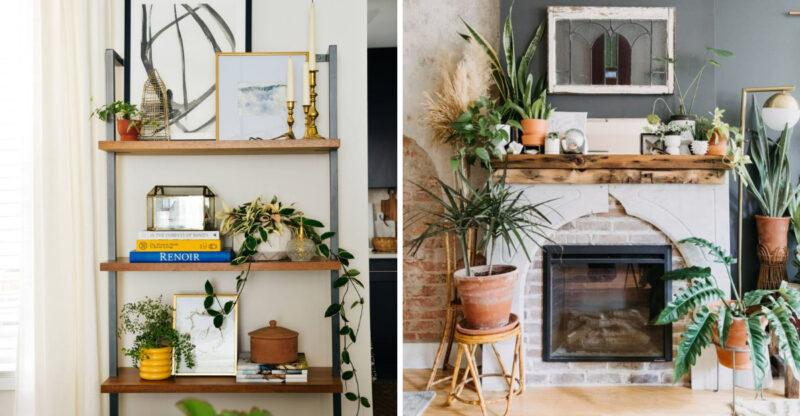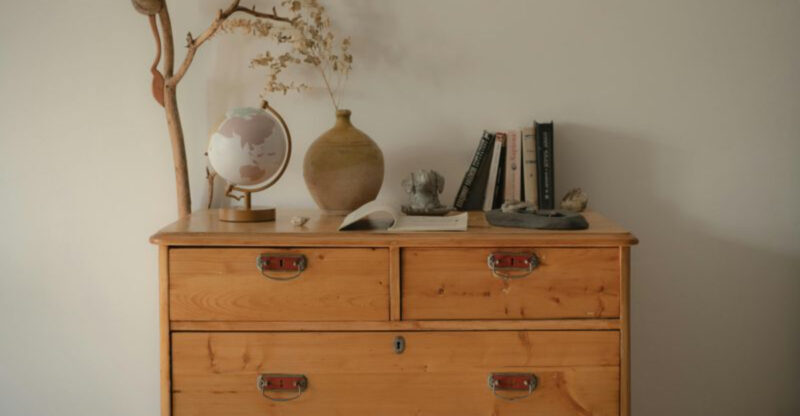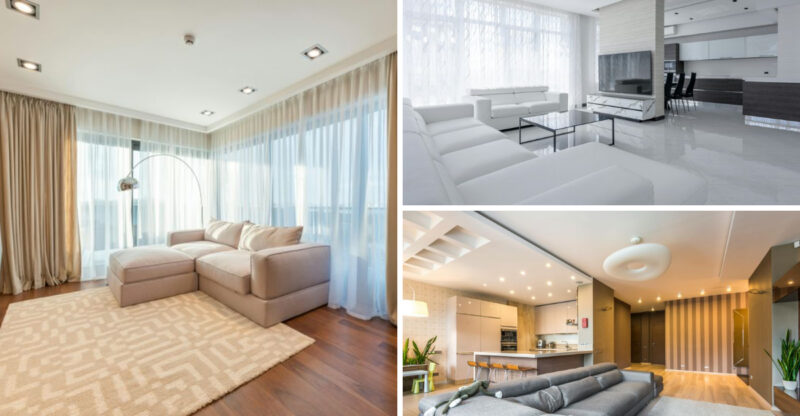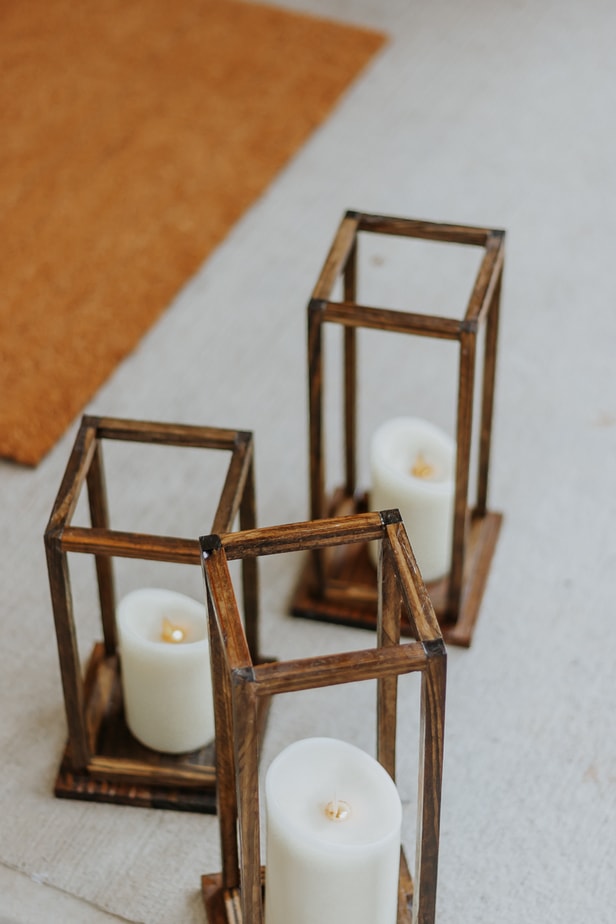Beachside Oregon Cottages That Stay Stylish No Matter How Hard The Wind Blows
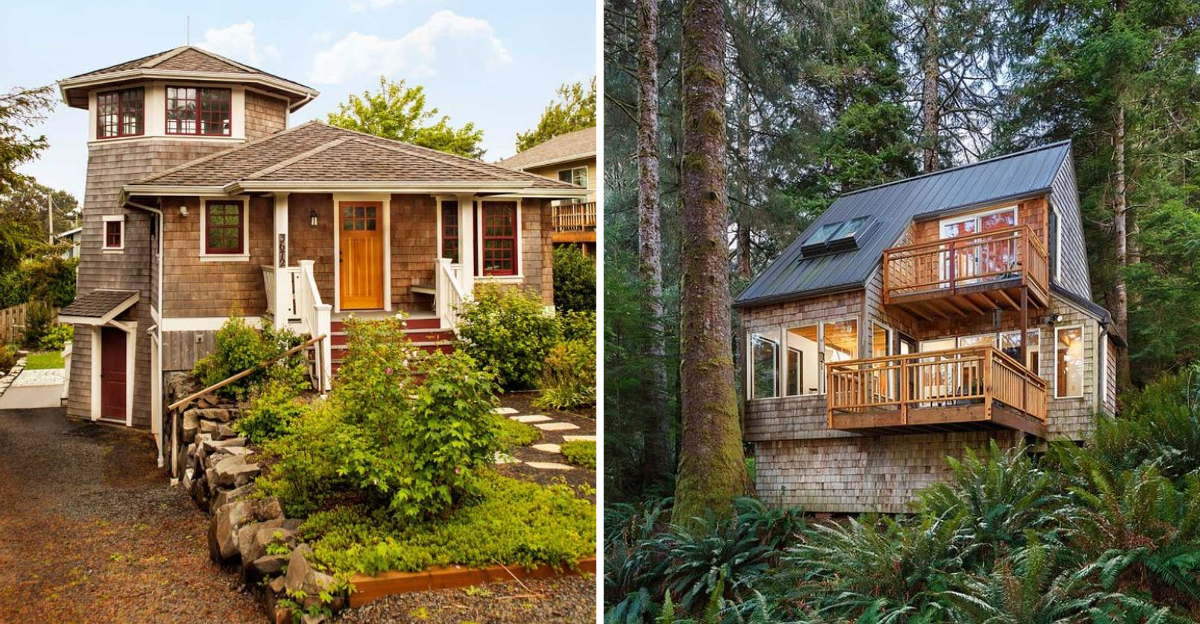
Oregon’s coast is famous for its wild weather, where winds whip off the ocean and rain can arrive without warning.
But some cottages along this rugged shoreline manage to look picture-perfect year-round, no matter what Mother Nature throws their way.
I’m sharing my favorite beachside retreats that combine smart design with serious style, proving that coastal homes can be both beautiful and built to last.
1. The Weathered Cedar Haven in Cannon Beach
If you want a cottage that looks better with age, this cedar beauty delivers exactly that. Natural wood siding turns silvery-gray over time, creating a stunning patina that blends perfectly with the Oregon coast’s moody skies. The owners chose cedar specifically because it stands up to salt air without needing constant repainting.
Large windows frame ocean views while heavy-duty shutters protect the glass during storms. I love how the landscaping uses native grasses that bend with the wind instead of fighting it.
The whole property feels like it grew right out of the beach. Inside, exposed beams and warm wood tones create a cozy atmosphere that never goes out of style.
2. Manzanita’s Modern Minimalist Retreat
Clean lines and zero fuss make this cottage a masterpiece of practical elegance. Dark charcoal siding hides sand and salt spray, while the flat roof design prevents wind from catching underneath. Every detail serves a purpose, from the recessed entryway that blocks gusts to the seamless rain gutters.
Floor-to-ceiling windows let you watch storms roll in without sacrificing protection. The landscaping is intentionally sparse, with crushed gravel and a few sculptural pieces that won’t blow away.
It’s proof that modern design works beautifully in coastal settings. The interior follows the same philosophy with built-in storage and furniture that’s both stylish and secured.
3. Lincoln City’s Classic Shingled Charmer
When storms hit, those classic shingles just laugh at the weather. This cottage embraces traditional New England-style architecture that’s been protecting coastal homes for centuries. The overlapping shingles shed water like a duck’s back, and they’re rated for hurricane-force winds.
A deep covered porch gives you outdoor space even during sideways rain. White trim stays crisp against gray shingles, creating timeless curb appeal that photographs beautifully year-round. I appreciate how the owners added storm-rated windows without changing the cottage’s vintage character.
The wraparound design also creates natural windbreaks, making the backyard surprisingly calm even on blustery days.
4. Yachats Cliffside Contemporary
Perched on dramatic cliffs, this architectural wonder turns harsh conditions into design inspiration. Angular walls deflect wind instead of blocking it head-on, reducing stress on the structure. Metal roofing in a rich bronze tone won’t blow off and actually looks more interesting as it weathers.
The positioning takes advantage of natural rock formations that provide shelter from prevailing winds. Strategic window placement means you get incredible ocean views without exposing vulnerable glass to direct storms. It’s engineering disguised as art.
Native plantings in protected pockets add color without requiring maintenance or worrying about wind damage to delicate flowers.
5. Seaside’s Vintage Beach Bungalow
Did you know that cottages built in the 1940s often outlast newer construction? This restored bungalow proves old-school craftsmanship holds up beautifully. Thick painted wood siding gets a fresh coat every few years, keeping the cottage looking cheerful in any weather.
The compact design means less surface area for wind to batter. Small windows with divided panes are actually stronger than large modern glass expanses. Window boxes add charm without creating wind hazards since they’re built right into the structure.
The low-pitched roof has survived decades of coastal storms. Inside, original hardwood floors and built-ins remind you that quality never goes out of fashion.
6. Newport’s Nautical-Inspired Getaway
It’s like living in a stylish ship that never leaves the shore. Navy blue paint with crisp white trim creates a look that’s intentionally maritime and incredibly wind-resistant. The color scheme hides salt spray and weather stains far better than pale colors.
Porthole-style windows aren’t just decorative they’re actually more aerodynamic than rectangular ones. Rope railings and nautical hardware are made from marine-grade materials designed to withstand ocean conditions.
The whole cottage channels boat-building techniques that prioritize durability. A widow’s walk on top is properly engineered and secured, giving you spectacular views without safety concerns during high winds.
7. Bandon’s Stone and Timber Masterpiece
Heavy materials mean this cottage isn’t going anywhere, no matter what weather arrives. Local stone walls provide natural insulation and wind resistance while looking absolutely stunning. Massive timber framing visible from the exterior gives the cottage a substantial, permanent feel.
The design draws inspiration from European coastal manors, adapted for Oregon’s specific climate challenges. Stone requires virtually no maintenance and actually improves with age as moss and lichen add character.
Windows are deeply recessed into thick walls, protecting them from direct wind. The combination of materials creates varied textures that photograph beautifully in any light or weather condition.
8. Pacific City’s Dune-Nestled Hideaway
How smart is it to let nature do the heavy lifting? This cottage tucks into existing dunes, using the landscape itself as a windbreak. The positioning means prevailing winds pass right over the roof instead of slamming into walls. Natural dune grasses stabilize the sand while creating a soft, beautiful frame.
The low profile keeps the cottage from standing out as a wind target. Wood siding in natural tones helps it blend seamlessly into the surroundings.
I’m impressed by how the design works with the environment instead of against it. Elevated decks on the lee side give you protected outdoor space with incredible Cape Kiwanda views.
9. Rockaway Beach’s Colorful Coastal Cottage
Are bold colors practical for coastal living? Absolutely, when you choose the right paint. This cottage proves that wind-resistant doesn’t mean boring. Teal and coral tones stay vibrant because the owners use marine-grade exterior paint designed for boats. The colors actually hide minor weathering better than white or beige.
Smooth siding with properly sealed joints prevents wind from getting underneath and causing damage. The playful color scheme makes the cottage instantly recognizable and photographable in any season.
Regular touch-ups are easy since the colors don’t show brush marks. It’s a reminder that practical choices can still be full of personality and fun.
10. Depoe Bay’s Whale-Watching Wonder
Though positioned for incredible whale watching, this cottage doesn’t sacrifice protection for views. Floor-to-ceiling impact-resistant windows can handle flying debris while keeping sight lines clear. The wraparound deck uses tempered glass railings that won’t obstruct views or catch wind like solid walls would.
Strategic overhangs protect windows from direct rain without creating wind sails. The cottage sits slightly back from the cliff edge, smart positioning that reduces exposure. I love how the owners prioritized both safety and spectacular ocean access.
Interior shutters provide extra protection during severe storms while maintaining the cottage’s elegant aesthetic year-round.
11. Waldport’s Craftsman-Style Keeper
Where quality craftsmanship meets coastal durability, you get this stunning example. Wide eaves characteristic of Craftsman design actually serve a practical purpose, protecting walls from rain and reducing wind pressure. Exposed rafter tails and brackets are made from rot-resistant wood that handles moisture beautifully.
The stone foundation provides stability and keeps wooden elements elevated above ground moisture. Tapered columns and built-in benches on the porch are secured properly, never becoming wind hazards.
Every decorative element serves a structural purpose too. This architectural style has protected homes for over a century, proving that good design is timeless and practical.
12. Gleneden Beach’s Glass and Steel Pavilion
Are glass houses practical on the coast? When engineered correctly, absolutely. This pavilion-style cottage uses commercial-grade glass and steel framing designed for high-wind zones. The transparency creates stunning views while the steel structure handles incredible stress without flexing.
Minimal exterior surfaces mean less for wind to grab onto. The sleek design channels air around and through the structure efficiently. I’m amazed by how light and airy it feels while being incredibly strong.
Automated storm shutters deploy when needed, protecting the glass without requiring manual labor. The cottage represents the cutting edge of coastal residential design.
13. Neskowin’s Forest-Meets-Ocean Sanctuary
It’s amazing what natural windbreaks can accomplish. This cottage sits where coastal forest meets beach, using mature shore pines as natural protection. The trees take the brunt of wind while the cottage enjoys a calmer microclimate. Natural wood siding blends with the forest surroundings.
The positioning gives you both forest and ocean views without full exposure to harsh weather. Native landscaping extends the forest feel right to the cottage walls.
I appreciate how the design respects and incorporates the existing ecosystem. Large windows face protected directions while smaller openings handle the windward side, balancing light and protection perfectly.
14. Oceanside’s Three Arch Rocks Retreat
When your view includes one of Oregon’s most photographed landmarks, your cottage better look good too. This multi-level design follows the natural hillside, reducing wind exposure on each floor. Weathered shingles in soft gray tones complement the rocks offshore beautifully.
Different levels create protected terraces where you can enjoy the outdoors regardless of wind direction. The staggered design prevents wind from hitting a large flat surface. Strategic plantings on each level add greenery without creating maintenance headaches.
It’s a perfect example of working with topography to create both beauty and functionality in coastal architecture.

